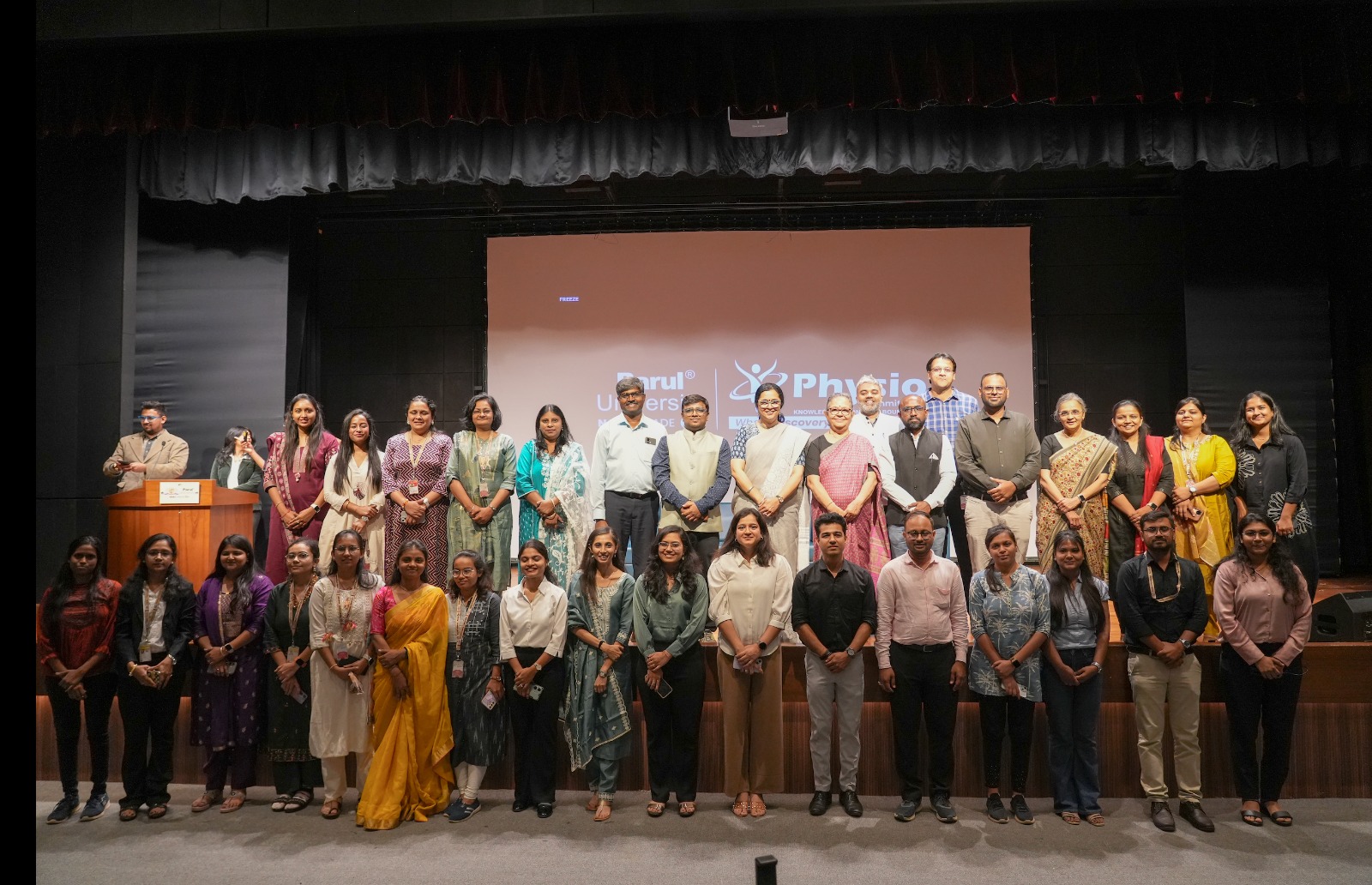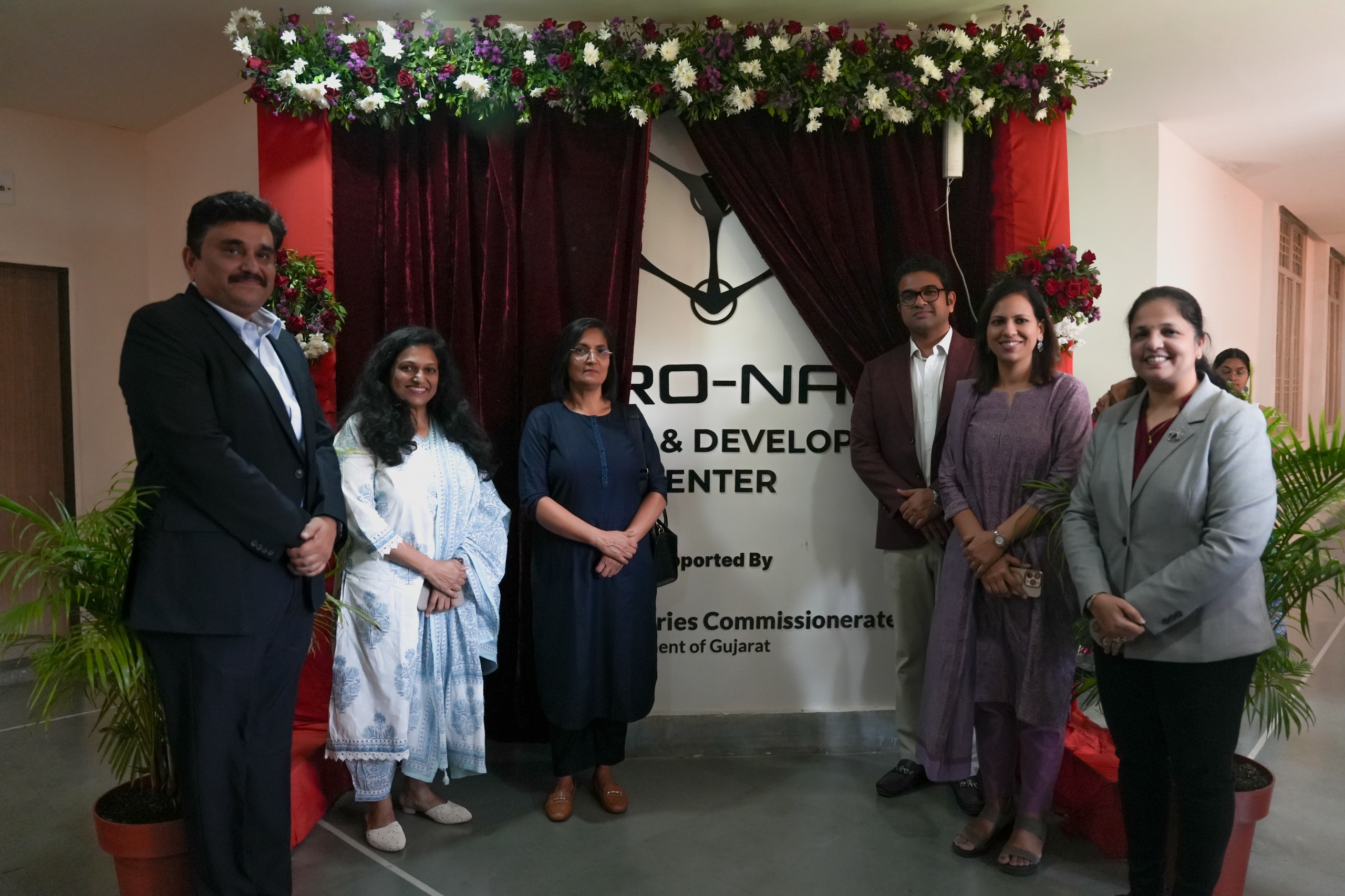Minimally invasive spine (MIS) surgery stabilizes the vertebral bones and spinal joints and/or relieve pressure being applied to the spinal nerves — often a result of conditions such as spinal instability, bone spurs, herniated discs, scoliosis or spinal tumors.
In comparison to open spine surgery, minimally invasive surgical approaches can be faster, safer and require less recovery time. Because of the reduced trauma to the muscles and soft tissues (compared to open procedures), it is beneficial for the patients
Potential Benefits:
- Better cosmetic results from smaller skin incisions
- Less blood loss from surgery
- Reduced risk of muscle damage, since less or no cutting of the muscle is required
- Reduced risk of infection and postoperative pain
- Faster recovery from surgery and less rehabilitation required
- Reduced dependence on pain medications after surgery
Parul Sevashram Hospital is among very few hospitals providing high end treatment at an affordable cost. Recently a young male patient aged 29 years from Khargone (Madhya Pradesh) was suffering from Acute L5-S1 disc prolapse with significant left lower limb radicular pain (was barely able to walk) was operated Minimal Invasive Technique under Ayushman Bharat Card Yojna and he started walking pain free from very next day.
Traditionally, spine surgery required large incisions, leading to extensive tissue damage, prolonged hospital stays, and noticeable surgical scars. However, with recent advancements, these surgeries can now be performed through small incisions of approximately 1.5 to 2 centimetres. This minimally invasive approach reduces tissue damage, allowing patients to begin walking early in the post-operative period and often enabling discharge as early as the first post-operative day. As the spinal nerves, vertebrae and discs are located deep inside the body, any approach to gain access to the spinal area requires moving the muscle tissue out of the way. In general, this is facilitated by utilizing a small incisionand guiding instruments and/or microscopic video cameras through these incisions.
Box MISS is helpful in
- Lumbar canal stenosis.
- Posterior Intervertebral Disc Prolapse (PIVD)
- Spinal cord tumour (IDEM)
- Osteoporotic fracture/Traumatic Fracture of Spine for stabilization.
- Cervical Disc prolapse (Posterior discectomy) and decompression.
And Many more Neurological disorders
The dedicated Neurosurgery Team at Parul Sevashram Hospital which includes Dr. Ashish Desai, Dr. Jay Pandya and Dr. Pratik Patel has successfully performed over 125 such minimal invasive spine surgeries in the past two years. Such advancements and holistic approach at Parul Sevashram hospital makes it a preferred choice and is benefitting thousands of patients irrespective of their socio economic status; mentions Dr. Geetika Patel (Medical Director; Parul Sevashram Hospital).
We have now started performing Endoscopic Spine Surgeries also. Our goal has always been to provide the best and most advanced care to all the sections of the society.

.jpg)


.jpg)



